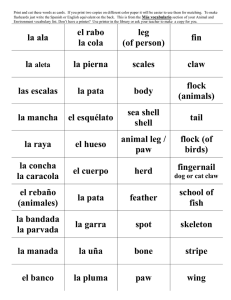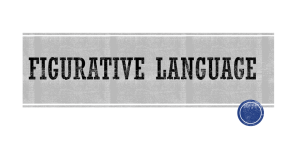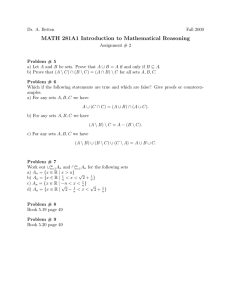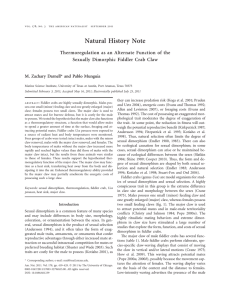HOMEWORK 2 (18.315, FALL 2005)
advertisement
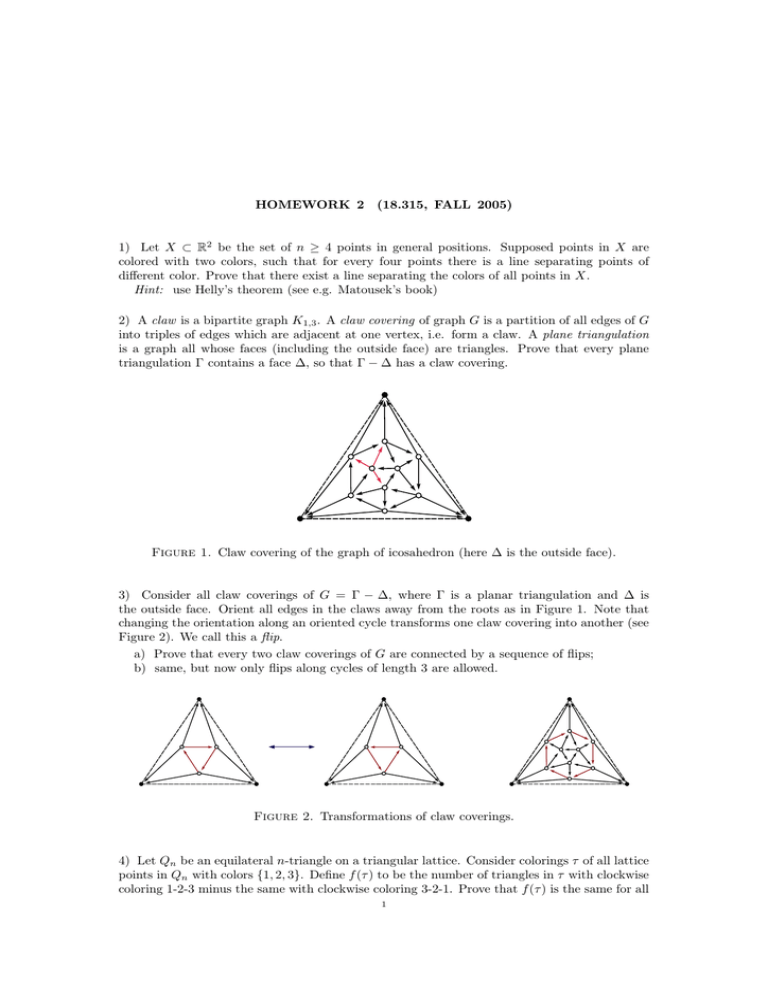
HOMEWORK 2 (18.315, FALL 2005)
1) Let X � R2 be the set of n � 4 points in general positions. Supposed points in X are
colored with two colors, such that for every four points there is a line separating points of
different color. Prove that there exist a line separating the colors of all points in X.
Hint: use Helly’s theorem (see e.g. Matousek’s book)
2) A claw is a bipartite graph K1,3 . A claw covering of graph G is a partition of all edges of G
into triples of edges which are adjacent at one vertex, i.e. form a claw. A plane triangulation
is a graph all whose faces (including the outside face) are triangles. Prove that every plane
triangulation � contains a face �, so that � − � has a claw covering.
Figure 1. Claw covering of the graph of icosahedron (here � is the outside face).
3) Consider all claw coverings of G = � − �, where � is a planar triangulation and � is
the outside face. Orient all edges in the claws away from the roots as in Figure 1. Note that
changing the orientation along an oriented cycle transforms one claw covering into another (see
Figure 2). We call this a flip.
a) Prove that every two claw coverings of G are connected by a sequence of flips;
b) same, but now only flips along cycles of length 3 are allowed.
Figure 2. Transformations of claw coverings.
4) Let Qn be an equilateral n-triangle on a triangular lattice. Consider colorings � of all lattice
points in Qn with colors {1, 2, 3}. Define f (� ) to be the number of triangles in � with clockwise
coloring 1-2-3 minus the same with clockwise coloring 3-2-1. Prove that f (� ) is the same for all
1
2
HOMEWORK 2
(18.315, FALL 2005)
colorings � with fixed coloring of the boundary �Qn . In other words, show that f (� ) depends
only on the coloring of the boundary (see Figure 3 below).
Figure 3. An example of two colorings of Q6 with three colors red, yellow,
and blue, and the same coloring of the boundary. We have f := (# r-y-b) −
(# b-y-r) = 1 in both cases.
5) Prove that a 3-dimensional cube cannot be tiled by a finite number cubes of distinct size.
6) Prove that every tiling of a d-dimensional cube by smaller cubes contains at least 2 d cubes.
���������������������������
Please remember to write the name(s) of your collaborators (see collaboration policy).

